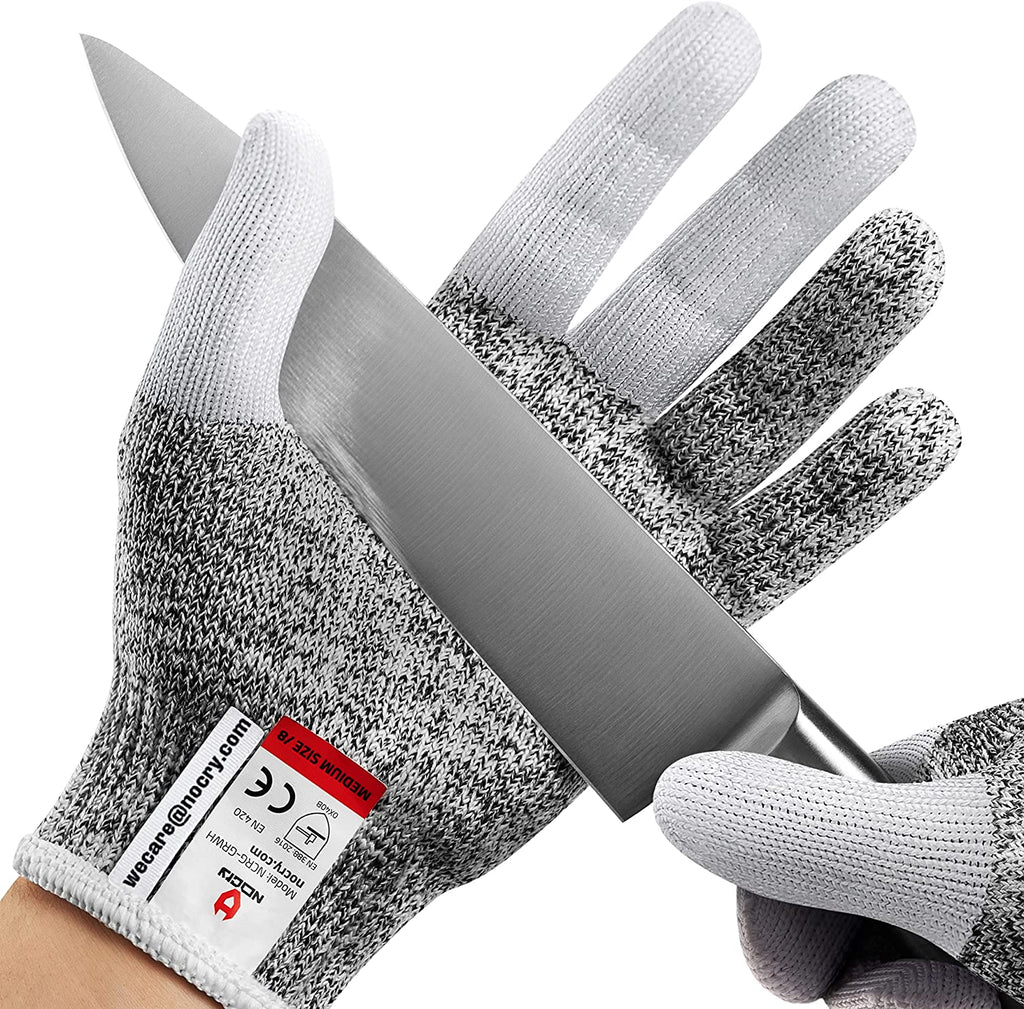Whether you are a culinary enthusiast or someone who spends minimal time in the kitchen, mastering the art of cutting with a kitchen knife can significantly enhance your cooking skills. Properly cutting ingredients not only makes cooking more efficient but also safer. This comprehensive guide dives into various techniques and tips for cutting with a kitchen knife, ensuring that you become confident and proficient in your kitchen endeavors.

The Importance of Knife Skills
Knife skills are fundamental to cooking. Imagine trying to prepare a salad or slice a loaf of bread without proper skills! Poor knife skills can lead to inconsistent cooking times, unsafe chopping boards, and even injuries. This section covers the basics of why good knife skills matter, setting the stage for more advanced techniques.
Consistency and Precision
Cooking is both an art and a science. To achieve the desired taste and texture of a dish, the size and consistency of your chopped ingredients matter. A precise cut contributes to even cooking, whereas inconsistent sizes may result in overcooked or undercooked food.
Safety First
Safety should be a top priority in the kitchen. Ironically, a sharp knife is safer than a dull one as it requires less force to cut, thereby reducing the risk of slips and accidental cuts. Knowing the right techniques can mitigate these risks significantly.

Types of Kitchen Knives
Understanding the different types of kitchen knives is critical for mastering the art of cutting. Each knife serves a specific purpose and offers unique advantages.
Chef's Knife
Also known as the all-purpose knife, the chef's knife is the most versatile tool in the kitchen. Its broad and sharp blade is perfect for chopping, dicing, and slicing various ingredients.
Read more about Cuisinart Knives.
Paring Knife
A paring knife is smaller and is specifically designed for tasks that require more precision, such as peeling or intricate cutting.
Learn more about How to Cut Food.
Serrated Knife
The serrated knife is essential for cutting through ingredients with a hard exterior and soft interior, like bread or tomatoes.
Discover the Home Hero Knives.

Basic Cutting Techniques
Now that we are familiar with the types of kitchen knives, let's delve into some basic cutting techniques.
How to Hold a Knife Properly
Understanding proper knife grip is vital for precision and control. Always hold the knife with a firm grip, ensuring your thumb and index finger are placed on the blade for better control.
The Rocking Motion
The rocking motion is ideal for chopping herbs and vegetables swiftly. The tip of the knife should remain in contact with the cutting board while you rock the blade up and down.
Slicing and Dicing
Slicing requires you to cut across the food in a single, smooth stroke, while dicing involves cutting food into cubes of equal size.
For more details, check out Cangshan N1 Knife Types.
Advanced Cutting Techniques
Once you've mastered basic techniques, you can move on to more advanced methods like julienning, chiffonade, and brunoise.
Julienne
Julienne is a technique used to cut vegetables into thin, matchstick-like pieces. This method is often used for garnishing and in stir-fry dishes.
Chiffonade
Chiffonade involves stacking leaves (like basil), rolling them tightly, and then slicing them into thin ribbons. This technique is excellent for herbs.
Brunoise
Brunoise is the art of dicing ingredients into tiny, uniform cubes, often used in soups and sauces.
Check out our complete guide on proper slicing etiquette.
Knife Safety Tips
Ensuring your safety while cutting is crucial. Here are some tips:
Keep Your Knife Sharp
A sharp knife requires less force, reducing the risk of slipping and cutting yourself.
Use a Stable Cutting Board
Always use a stable cutting board to avoid any wobbling while you cut.
Mind Your Fingers
Tuck your fingers inward and use the knuckles as a guide for the knife to prevent any accidental cuts.
Maintaining Your Kitchen Knife
Proper maintenance of your kitchen knife is essential for prolonged use and safety.
Regular Sharpening
A dull knife is more dangerous than a sharp one, so ensure you are sharpening your knife regularly.
Proper Storage
Store your knives securely in a knife block or a magnetic strip to prevent dulling and accidents.
Hand Wash Only
Avoid dishwashers; hand wash your knives to maintain their edge and longevity.
Popular Knife Brands
Discovering the right brand can make a world of difference in your cutting experience. Brands like Wsthof, Shun, and Global are often recommended by culinary experts.
Frequently Asked Questions (FAQ)
What is the proper way to hold a kitchen knife?
Grip the handle firmly, placing your thumb and index finger on the blade for enhanced control.
How often should I sharpen my kitchen knife?
It depends on usage, but typically every couple of months.
Can I use the same knife for all cutting tasks?
While a chef's knife is versatile, specialized knives can make specific tasks easier and safer.
For additional information and tips on knife skills, visit this cutting guide.
As an Amazon Associate, I earn from qualifying purchases.


























